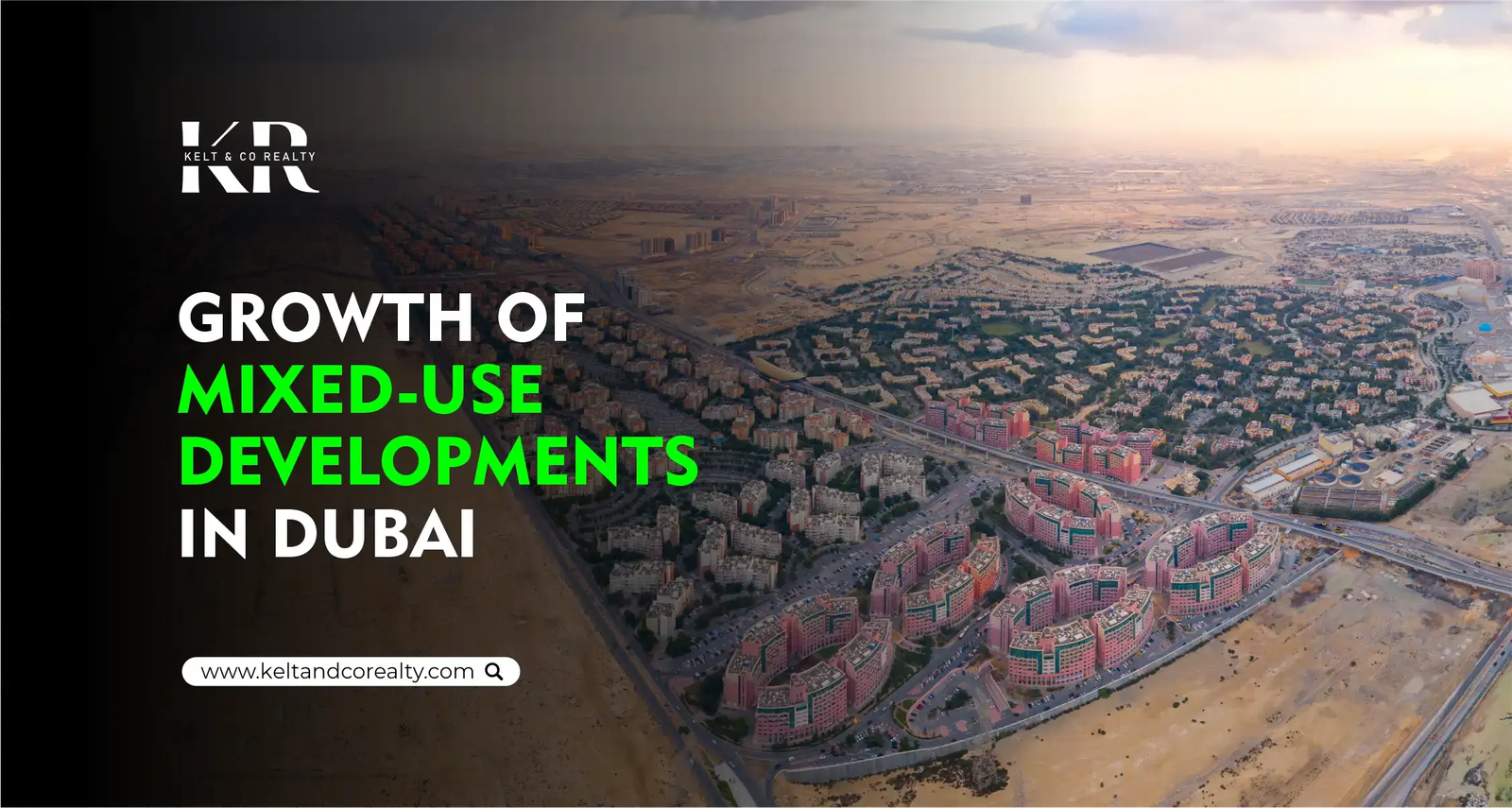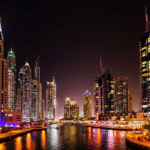Now Reading: Why Al Maktoum Airport’s 2025 Expansion Will Stun Travelers
-
01
Why Al Maktoum Airport’s 2025 Expansion Will Stun Travelers
Why Al Maktoum Airport’s 2025 Expansion Will Stun Travelers
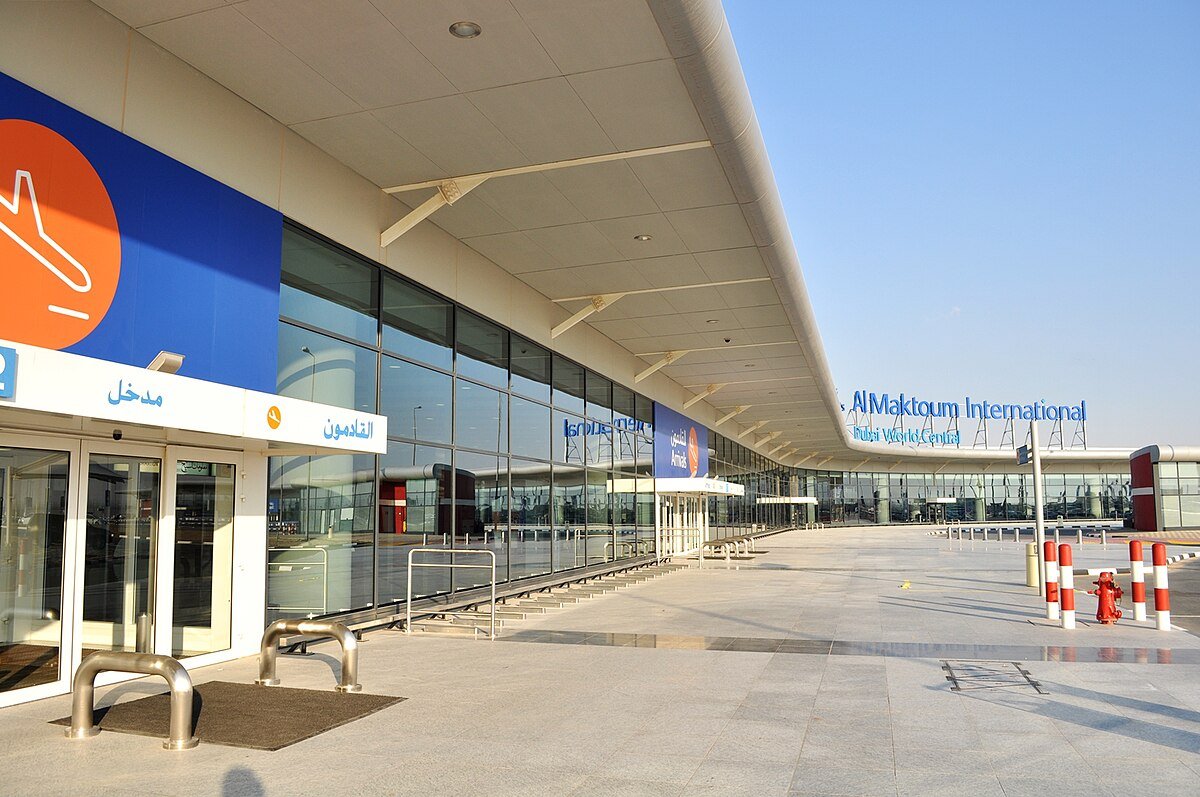
Table of Contents
Dubai is known for pushing boundaries, and its ambitious Al Maktoum International Airport project is no exception. Originally opened in 2010 for cargo flights, the airport — also called Dubai World Central (DWC) — is on track to become the world’s largest and most advanced aviation hub. As Dubai’s crown jewel, Al Maktoum Airport is set to transform how people travel, trade, and connect in the coming decades.
In 2025 and beyond, the project promises to unlock an entirely new chapter in global aviation. Let’s explore what makes the Al Maktoum Airport expansion so important, what travelers can expect, and how it will shape the future of the UAE and beyond.
A Mega Vision for Air Travel
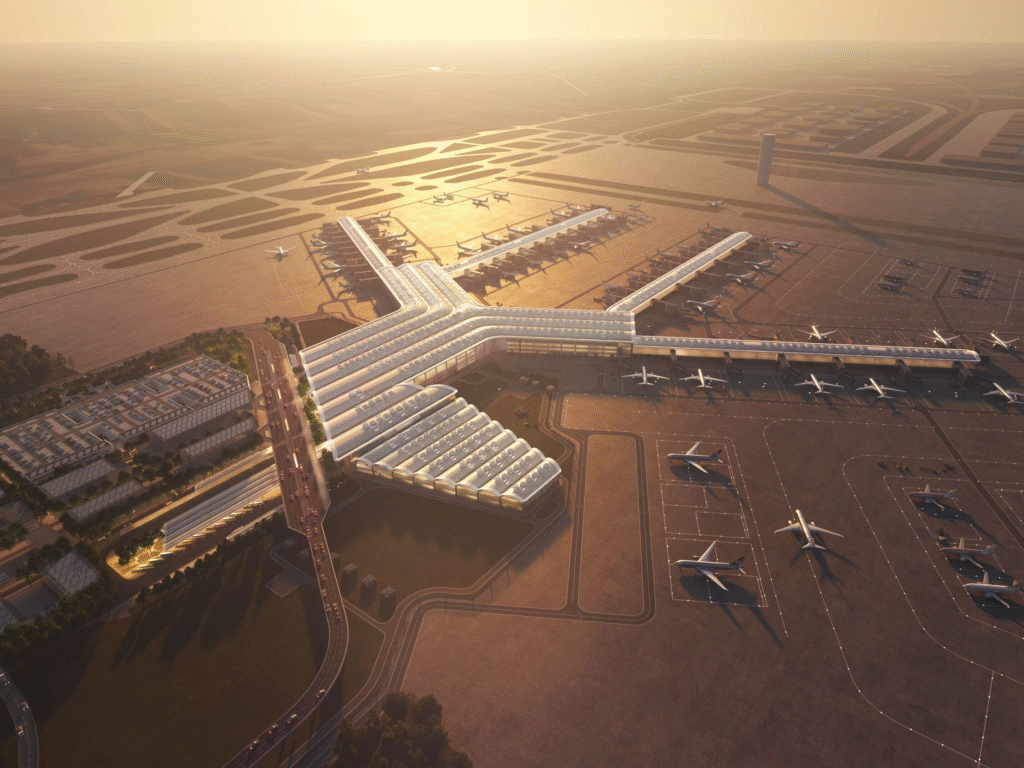
Al Maktoum International Airport was designed to ease the pressure on Dubai International Airport (DXB), which remains one of the busiest airports on the planet. While DXB has handled over 86 million passengers annually, its growth is limited by space. Al Maktoum Airport, in contrast, sits on a vast desert site near Jebel Ali, covering an area of more than 56 square kilometers.
By 2025, the airport is expected to see major construction milestones, including:
- Expanded passenger terminals
- New concourses
- Improved cargo facilities
- Advanced security and immigration systems
According to Dubai Airports, the long-term plan is to handle up to 260 million passengers each year, making it the largest airport in the world by capacity. In 2025, construction will accelerate to bring new passenger flows and greater efficiency to the entire airport.
A Passenger Experience Like No Other
The Al Maktoum Airport of the future will redefine what travelers expect from an airport. Here’s what passengers could experience:
- Faster processing: Biometric check-ins, facial recognition, and smart immigration gates will reduce wait times.
- Luxury services: Expect five-star lounges, wellness centers, and even luxury shopping districts inside the terminal.
- Seamless connections: Passengers can transfer easily between flights thanks to advanced baggage handling and smart wayfinding systems.
- Sustainability: Dubai’s government has committed to making Al Maktoum Airport a leader in green aviation, with solar power, electric transport, and energy-efficient terminals.
All of these innovations aim to keep Dubai ahead of other global hubs like Heathrow, Singapore Changi, and Hong Kong International.
Boosting Dubai’s Economy
Beyond the impressive passenger facilities, Al Maktoum Airport will become a major engine of economic growth. The surrounding area, Dubai South, is being developed as a free economic zone to attract businesses, logistics companies, and aviation-related industries.
Some economic benefits of the project include:
- Creating tens of thousands of new jobs
- Supporting tourism with faster, more comfortable arrivals
- Helping local businesses reach global markets faster
- Increasing trade through state-of-the-art cargo centers
By 2030, experts estimate the airport could contribute more than $30 billion to Dubai’s economy every year, cementing its place as a key pillar of the UAE’s growth strategy.
Cargo Superpower
While many people focus on passenger traffic, Al Maktoum Airport is also designed to be the world’s busiest cargo hub. Currently, DWC handles millions of tonnes of freight, and this figure will only rise as new cargo terminals and high-tech warehousing come online.
The airport is expected to have the capacity to move over 16 million tonnes of cargo annually. Faster processing, more automated systems, and a direct connection to the nearby Jebel Ali Port will make Dubai an unbeatable center for global logistics.
What’s Coming in 2025
So what exactly should travelers, investors, and businesses expect in 2025?
- The launch of expanded passenger facilities for smoother travel
- Continued upgrades to runways and taxiways for handling bigger aircraft
- Partnerships with international airlines to shift operations to DWC
- More hotels and amenities opening around the airport for tourists and business visitors
- New public transport links connecting Al Maktoum Airport to Dubai’s metro and bus network
The Dubai government has said it will phase operations carefully so that the transition from Dubai International Airport to Al Maktoum is smooth. In the long run, it is likely that most international traffic will move to DWC, while DXB may focus on regional travel.
How Will This Impact Travelers?
If you plan to fly to or through Dubai in 2025 or later, you might soon land at Al Maktoum International rather than the old DXB. That means:
- More flight options thanks to increased capacity
- Smoother, faster arrivals with cutting-edge technology
- Less crowding and shorter lines
- Easier connections to other parts of Dubai and beyond
For tourists, the enhanced facilities will mean a better first impression of the UAE. For business travelers, time is money, and DWC’s advanced systems will save precious minutes at every step.
The Future Beyond 2025
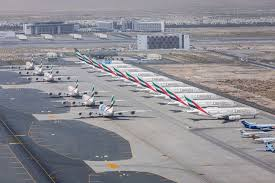
While 2025 will see some major milestones, the vision for Al Maktoum Airport stretches to 2050 and beyond. Eventually, the airport may serve as a space for futuristic technologies like urban air taxis, autonomous ground vehicles, and green hydrogen fuel stations.
As global air travel recovers from pandemic-related disruptions, Dubai is betting big on its status as the world’s crossroads. With Al Maktoum Airport, it is positioning itself not just for today’s travel needs but for the next century of growth and innovation.
Final Thoughts
Al Maktoum Airport is more than just an airport — it is a symbol of Dubai’s unstoppable ambition. As 2025 approaches, travelers, investors, and industry leaders around the world will be watching closely to see how this mega-project takes shape. From smarter passenger flows to greener technology, Al Maktoum International aims to set new standards for what a modern airport can be.
For anyone interested in the future of global travel, 2025 and beyond will be an exciting time to follow the story of Al Maktoum International Airport — a true gateway to tomorrow.
Read More:- Deyaar’s Latest Announcement Shakes Up the UAE Property Market



